A Beef Maps x Beef News Special Report
Along the winding bends of the Usumacinta River and through the shadowy jungle trails of Chiapas and Tabasco, a silent but massive cattle laundering operation thrives—tailored for profit and protected by impunity.
Every day, hundreds of cattle herd from Guatemala into Mexico, their origins erased by the time they hit federally-inspected TIF plants. This isn’t just food system fraud—it’s a criminal ecosystem expanding unchecked across decades.
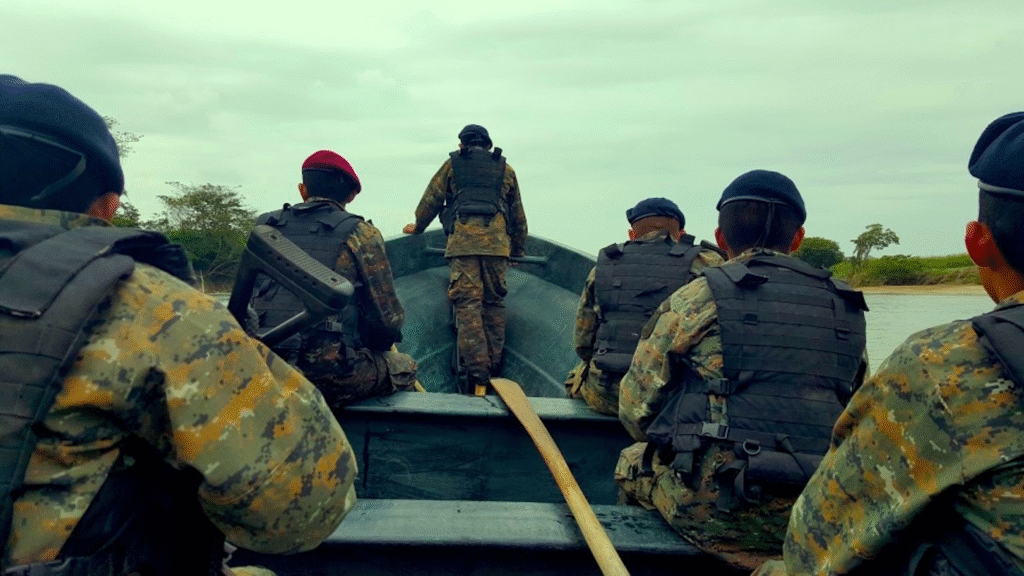
Source: Monga Bay

River Ports & Smuggling Highways

Benemérito de las Américas, Chiapas

Source: Google Earth
Situated on the Usumacinta’s eastern bank between Guatemala and Mexico, this remote town functions as a de facto “port.” Guatemalan cattle are floated across in canoes. Armed groups guard the transfers, and then big trucks roll north without formal inspections.

Source: Monga Bay
Marqués de Comillas & Lagos de Montebello, Chiapas
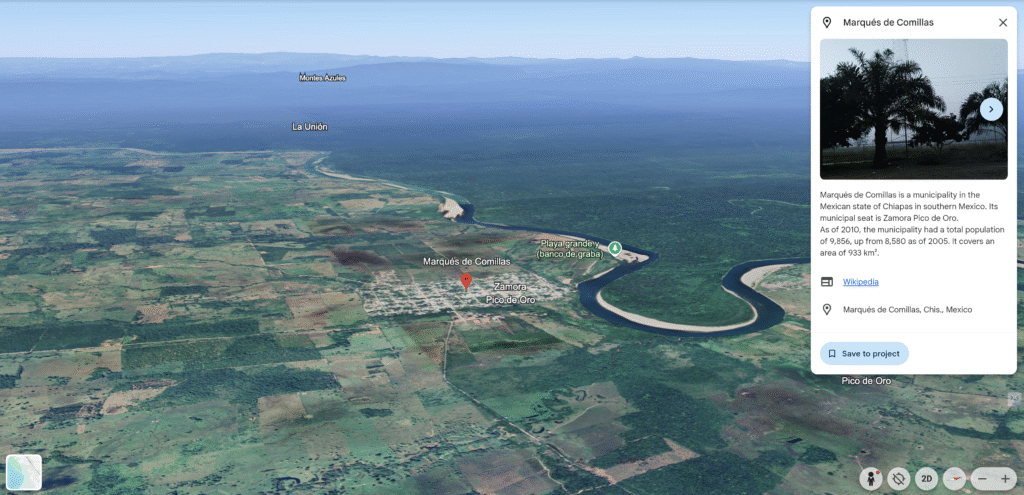
Secondary crossing points with less state oversight. Informal tracks snake through thick jungle, connecting directly to Benemérito’s network.
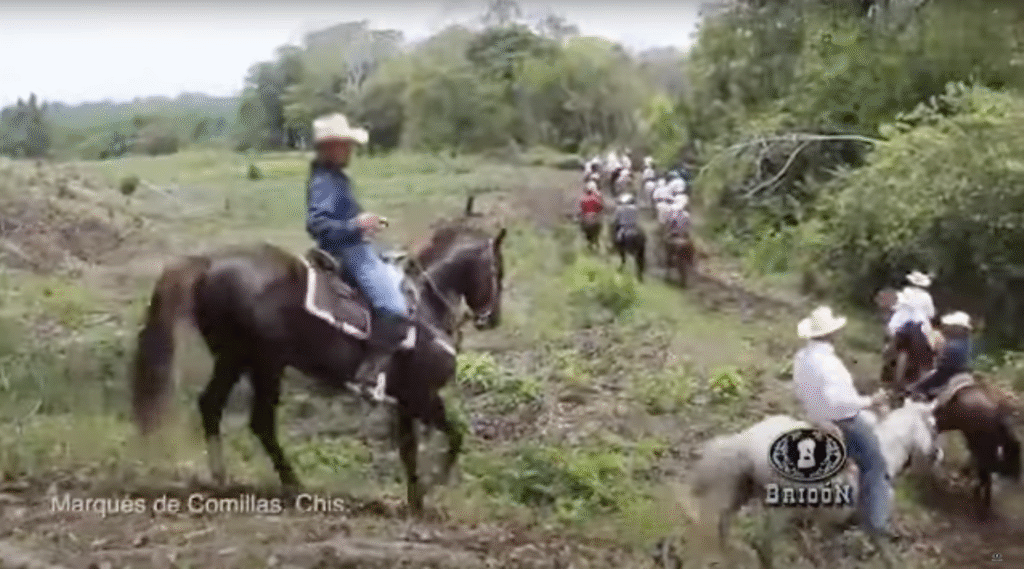
Source: YouTube
Tenosique, Tabasco
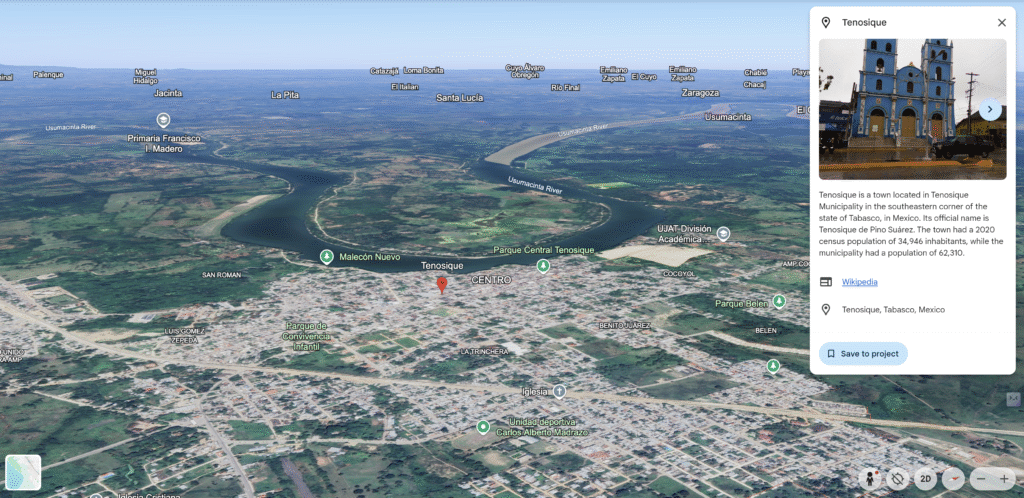
A chaotic gateway town where cattle cross via “blind” trails bypassing the El Ceibo checkpoint. Once inside, aged farm roads lead traffickers to private ranch entrances—no tag checks required.
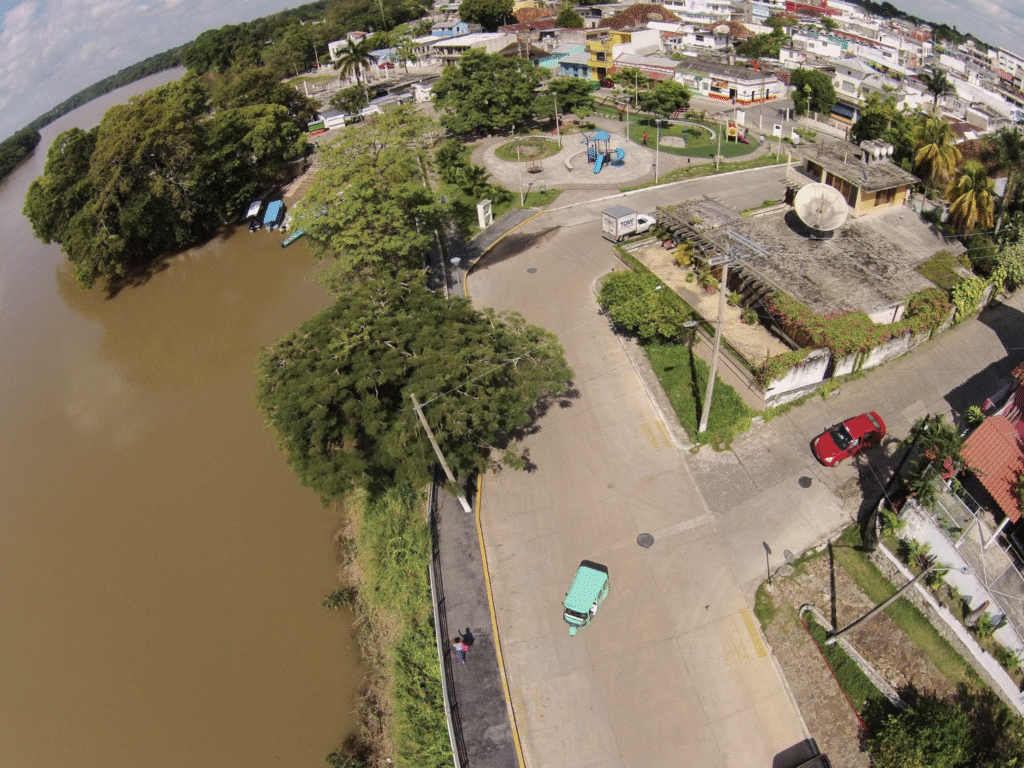
Candelaria, Campeche
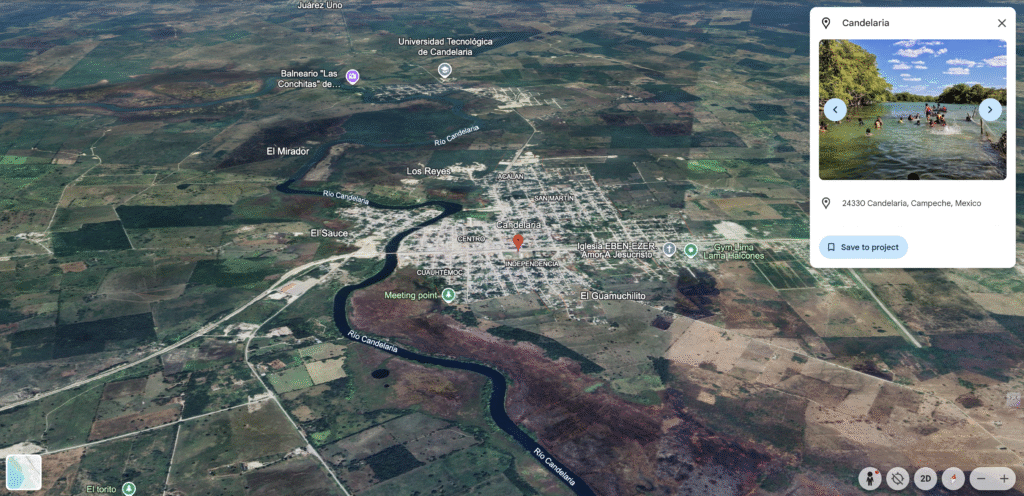
Used as a fallback route, especially after intermittent crackdowns. Proximity to the Maya Biosphere Reserve makes it ideal for discreet crossings.
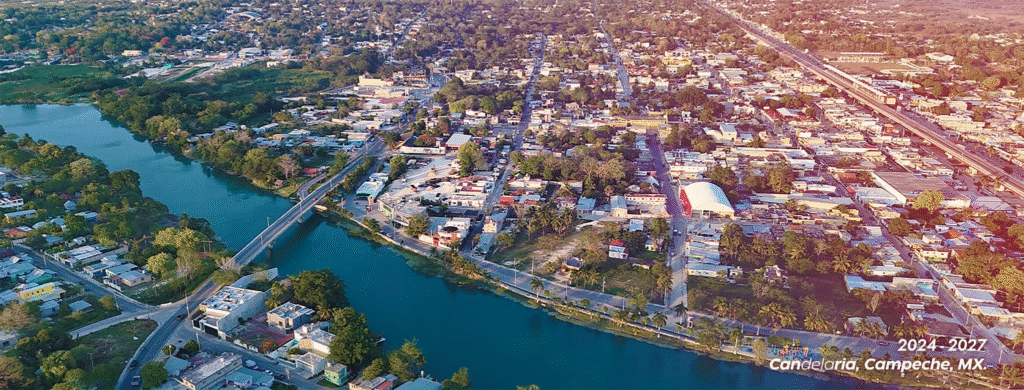
Across this network, an estimated 800,000 head move illicitly each year—yielding nearly $320 million USD in cartel profits .
The Laundering Process

Collection yards along Highway 307 (Benemérito–Palenque) act as first distribution hubs.
Black-market SINIIGA ear tags are swapped or sold. One tag costs ~$2.50 USD officially—but traffickers pay 10× at collection points .
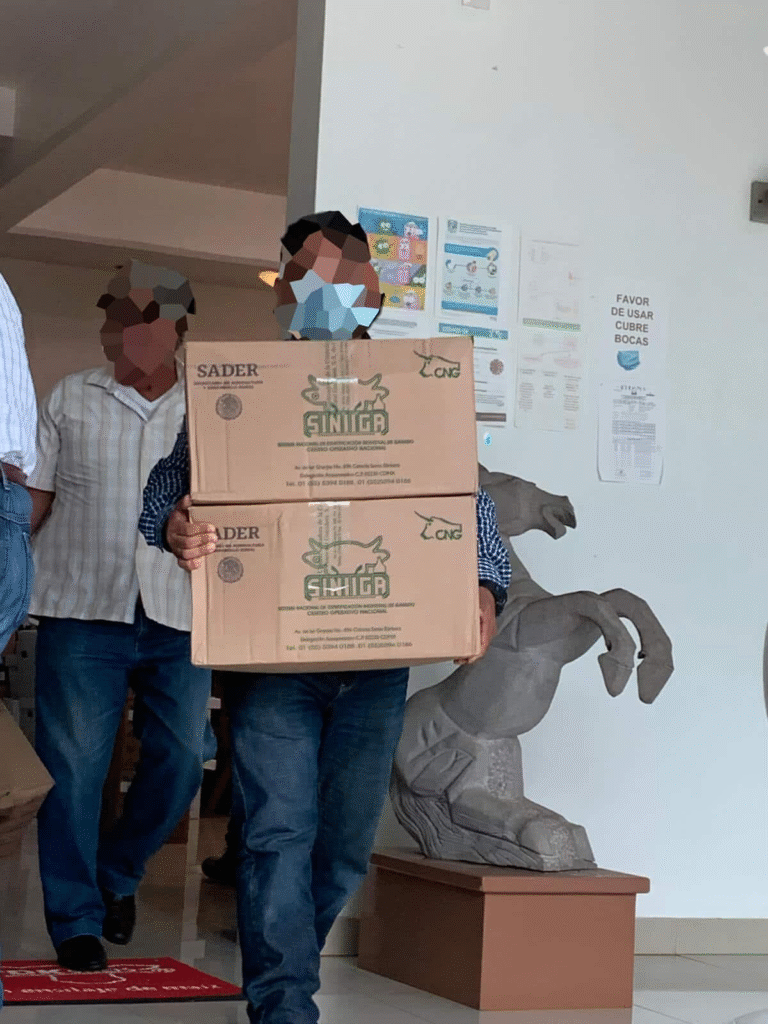
Source: InSight Crime
Corrupt veterinarians issue health documents, often without inspection—critical for TIF eligibility. Some had licenses revoked in 2025 after certifying screwworm-infested animals .
By the time cattle hit Catazajá or Veracruz checkpoints, their paperwork looks spotless—and officials accept them as legal.
Impunity & Cartel Control

Source: InSight Crime
Military and National Guard in the region admit that livestock smuggling isn’t their mandate—and cattle move unchallenged .
The Tax Administration Service (SAT) reports no cattle seizures at border checkpoints between 2023–2025.
Key criminal figures, like the elusive “La Aduana” near Benemérito and cartel boss “El Vani,” control ranch access and cattle routes—blending livestock routes with cocaine and illicit cash.

Source: Mexico News Daily
Cattle smuggling supports multi-layered crime: it’s a cash cow—and a convenient logistics front for narco-trafficking .

Source: Insight Crime
Public Health & Trade Fallout

Source: Monga Bay
In late 2024, a calf from Benemérito tested positive for screwworm, triggering a U.S. ban on Mexican cattle imports—a market worth $1.18 billion. Despite new outbreaks, traceability remains blind. Northern beef producers are clamoring for internal controls, but Mexico relies on containment—not eradication.
How the Narco-Beef Route Reaches U.S. Shelves

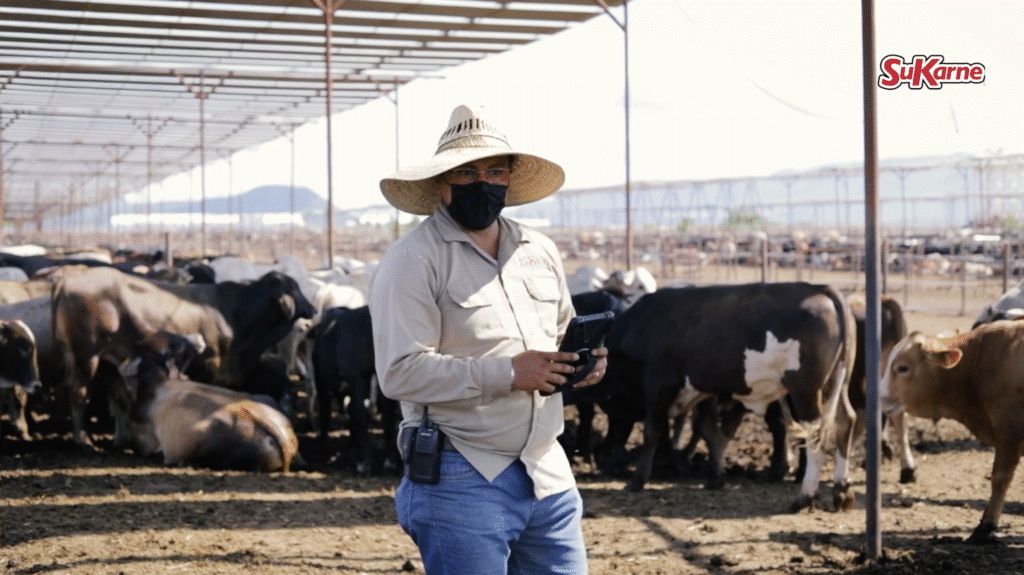
Source: SuKarne
For U.S. consumers, the danger isn’t just south of the border—it’s already in the freezer.
Once cattle are tagged and slaughtered in Mexico’s federally approved TIF plants, their origin data is erased. That boxed meat becomes USDA-eligible, export-certified—and indistinguishable from legitimate supply.
This is exactly where JBS, the world’s largest meatpacker, comes in.
In 2023–2024, JBS ranked among the top U.S. importers of Mexican beef, sourcing from TIF-certified plants across states like Veracruz and Jalisco—two major endpoints in the cartel cattle laundering chain.
While JBS doesn’t run the border crossings, they benefit from what comes out the other end: beef cleansed by paperwork, not origin. Their logistics partners, feedlot buyers, and processors operate in the same zones flagged by InSight Crime and Mexican anti-smuggling task forces.

As long as the tags check out, and the slaughterhouse is on the USDA’s approved list, the cargo clears—even if that cow floated across the Usumacinta in a canoe.
JBS has been caught before. In Brazil, they knowingly sourced deforestation-linked cattle via middlemen. In Mexico, the playbook hasn’t changed—it’s just moving north.
What Must Change
You can’t stop a cartel with a tag—especially when traceability ends at the kill floor.
SINIIGA ear tags weren’t designed for post-slaughter integrity. And federalizing them won’t solve the core failure: once the animal is boxed, its origin vanishes. Uruguay’s phantom cow scandal showed how even airtight systems break when processors profit from looking the other way.
The path forward isn’t a bigger database. It’s batch-level, post-processing verification—led by processors, retailers, and third-party buyers who refuse to touch cartel-tied beef. If traceability doesn’t follow the meat, it doesn’t matter.
At the border, shipments from laundering zones should trigger full-spectrum inspection—not just vet checks. Enforcement teams must be trained to detect fraud, not just fever.
And on the ground, ranches acting as cartel fronts must face criminal seizure. This isn’t a paperwork violation—it’s organized crime in a cowboy hat.
But if you want the simplest way to know your meat is what it says it is?
Shake your rancher’s hand.
Because when the system breaks, trust starts at the source.




0 Comments